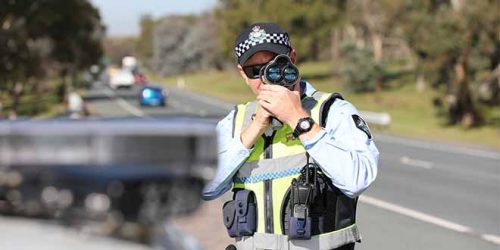
AN ANU-led experimental research project has found a new way to boost the survival rates of eastern quolls, which have been reintroduced in the ACT.
Last seen on the mainland in 1967, the eastern quoll, a small carnivorous marsupial, was once widespread in southeastern Australia, but became extinct due to predation by introduced foxes and cats, habitat loss, disease, accidental poisoning, and deliberate interference by humans. Luckily, populations persisted in Tasmania.
According to ANU PhD scholar Belinda Wilson, the first quolls reintroduced to the Mulligans Flat Woodland Sanctuary in 2016 had a survival rate of only 29 per cent.
“Through a novel and adaptive approach, we were able to boost survival to 77 per cent in the second trial, and then to 88 per cent by the third trial,” Ms Wilson says.
“In 2016 we released both males and females, but most of the males escaped the sanctuary fence and were killed by foxes.
“In the second release, we trialled releasing only mothers with small pouch young. This meant that the quolls settled into the sanctuary so they could raise their young.”

Ms Wilson says the results from the second and third releases far exceeded
“This is a really exciting result and gives us the courage to expect that eastern quolls will make a comeback to the ACT and beyond,” Ms Wilson says.
“It also demonstrates the value of adapting our tactics
“In our case using females with pouch young helped us bring in genetics from multiple parents while encouraging the quolls to settle into their new home.
“We hope this will encourage other practitioners across the world to think about their tactics, embrace uncertainty, and adapt based on what the environment tells them.”
The first release at Mulligans Flat in 2016 involved 14
The final release of eastern quolls to Mulligans Flat Woodland Sanctuary took place in winter 2019, with a fourth generation of pups expected to emerge in October 2020.
The research has been published in PLOS One.
Who can be trusted?
In a world of spin and confusion, there’s never been a more important time to support independent journalism in Canberra.
If you trust our work online and want to enforce the power of independent voices, I invite you to make a small contribution.
Every dollar of support is invested back into our journalism to help keep citynews.com.au strong and free.
Thank you,
Ian Meikle, editor





Leave a Reply